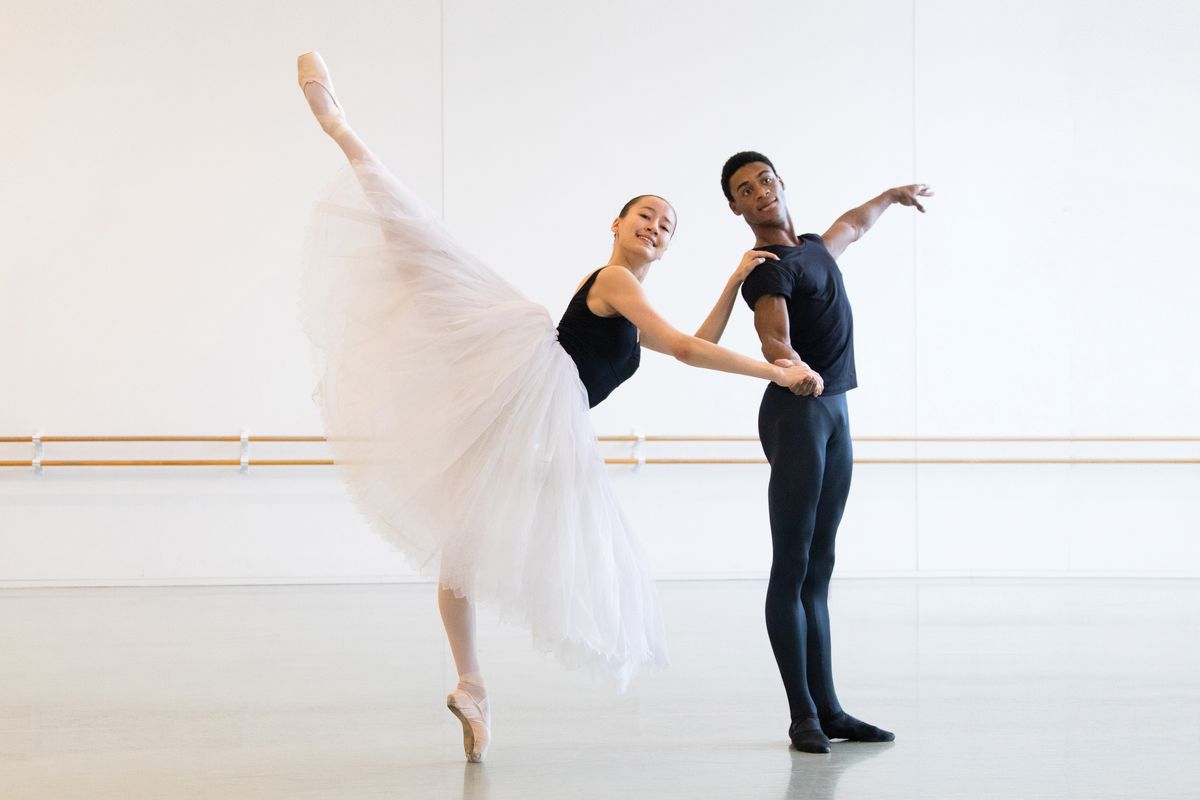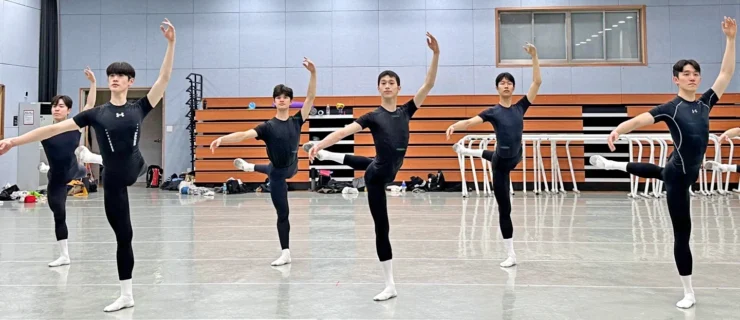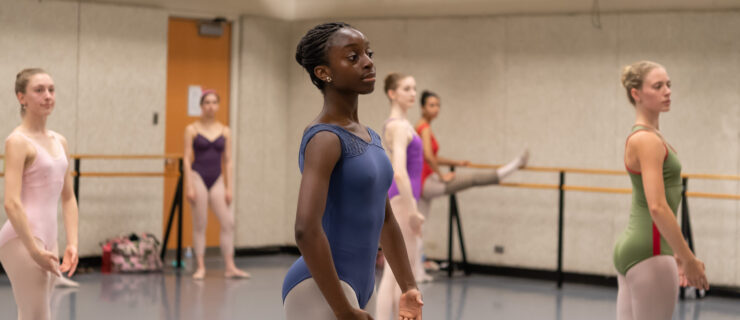Inside Houston Ballet II: How the Second Company Gives Dancers a Taste of the Big Leagues
Before Houston Ballet’s studios were forced to close down in March due to COVID-19, Jindallae Cho Bernard and Neal Burks were getting their first taste of George Balanchine’s Serenade. The dancers, members of Houston Ballet II, were learning the ballet’s waltz pas de deux, soaking up the details of Balanchine’s signature style. “Finding a balance between the precise footwork and airy port de bras was the most challenging for me,” says 16-year-old Bernard. “But the more we rehearsed, the more we fell in love with the ballet.”
Like most second companies, HBII allows young dancers to experience what it’s like to work in a professional company while they are still training and developing their artistry. It functions as a feeder into Houston Ballet, while maintaining its own identity as a touring troupe.
HBII’s Monday-through-Saturday schedule includes classes, led by ballet master Claudio Muñoz and other faculty, in technique, pointe, variations, contemporary, modern, partnering, body conditioning and Yamuna Body Rolling. The rest of the dancers’ time is split between working on HBII’s own repertoire—where they practice solo, pas de deux and ensemble roles—and dancing with the corps de ballet in main company full-lengths.
“They are upstairs with the company so often, from day one really, that they become quite comfortable working with them,” says Houston Ballet Academy director Melissa Allen Bowman. “Some even traveled to Dubai with them to perform Swan Lake.”
Burks, now entering his second year with HBII, finds working alongside Houston Ballet’s dancers to be incredibly motivating. “Once, principal Connor Walsh came up to me during company class to help me with a petit allégro combination,” says Burks, 20. “He made me feel so at home, not like an outsider.”
Bernard, also entering her second year, has gotten to explore a range of roles since joining last fall. In the company’s production of Giselle, she played a mother to one of Giselle’s friends. “I really improved my acting skills,” she says. But she also got to dance center stage with HBII in the pas de deux from Raymonda. “It was a dream come true—it’s technically challenging, fun and demands precision and stamina.”
On average, 50 percent of HBII dancers advance into Houston Ballet. “They spend so much time with the company that when that transition finally happens, they know what it will be like,” says Bowman. “That’s our job: to hone and craft their skills so they have the tools they need to be successful in a company situation.”











